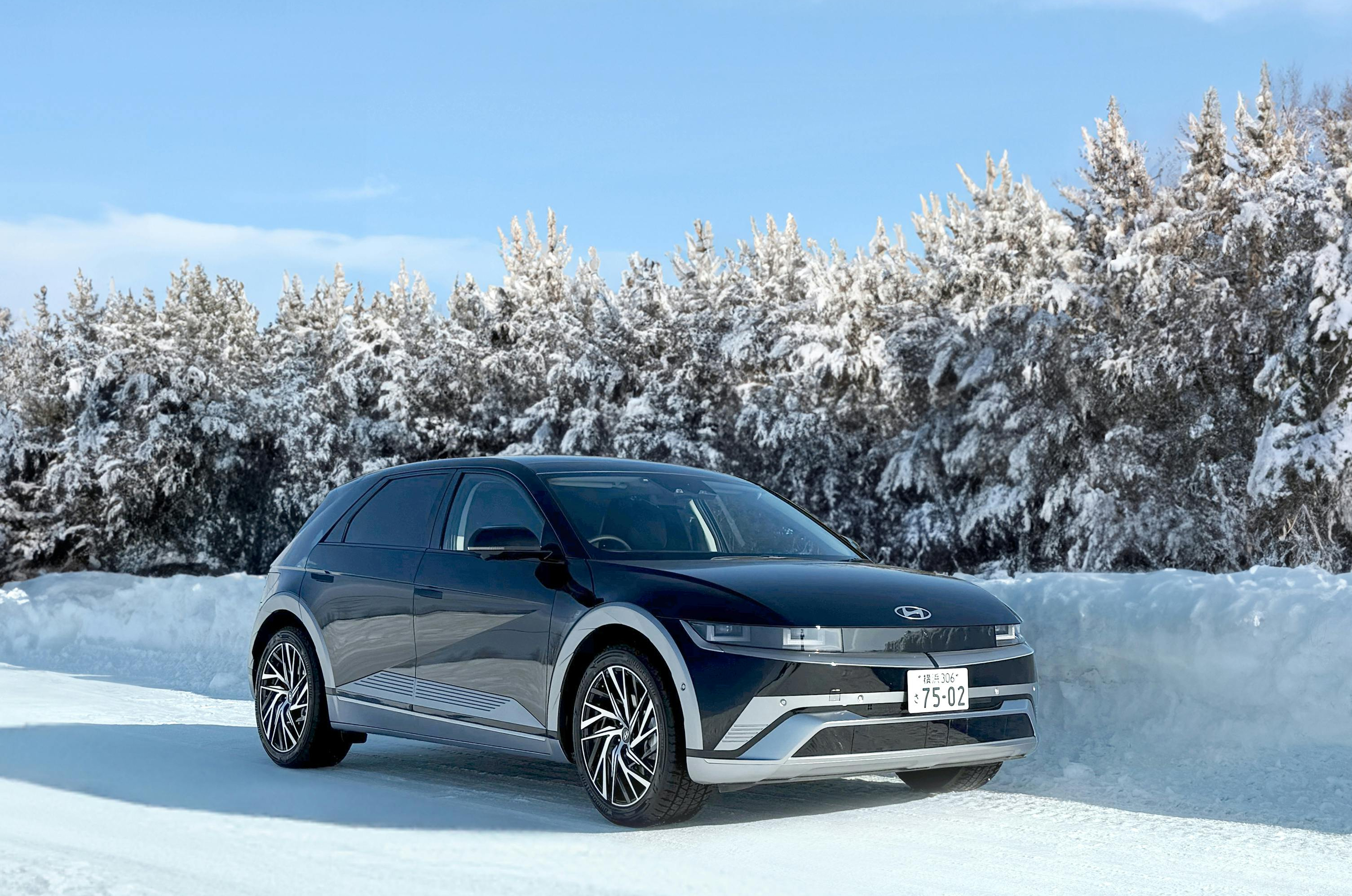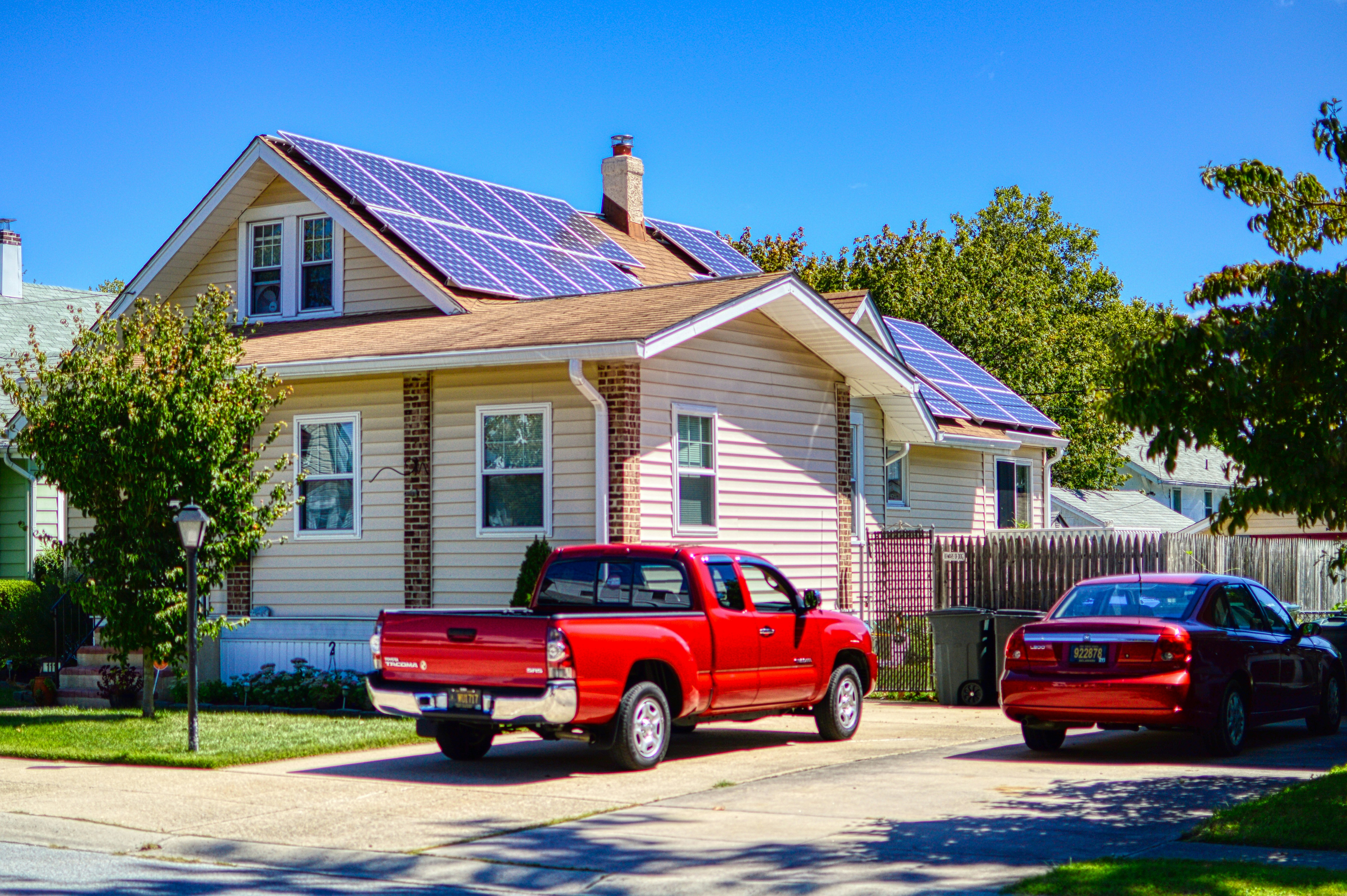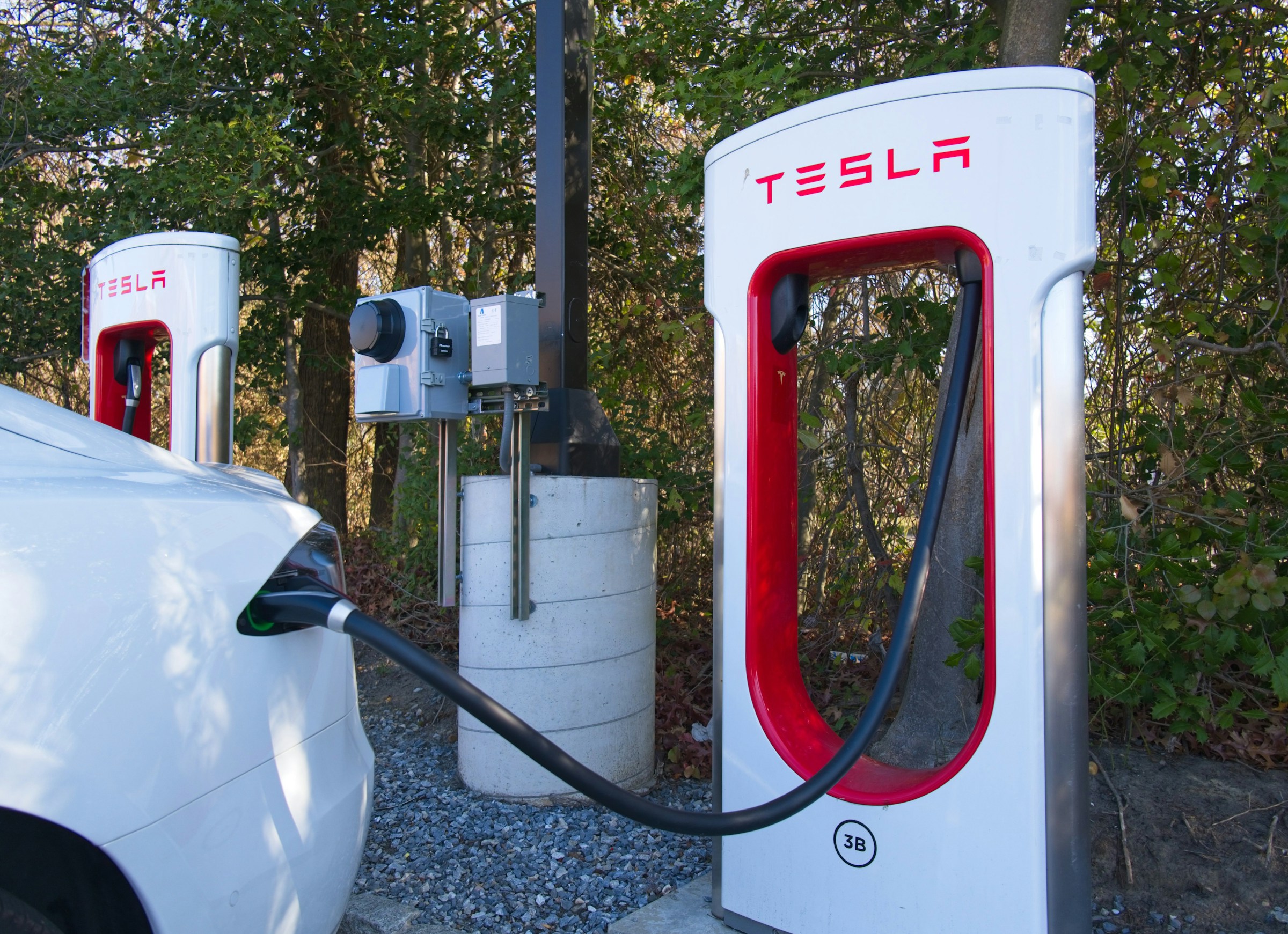When calculating the running costs of an EV, there are several important factors to consider which will determine how much you spend. In this post, we'll break down the most important things you should consider, and what you can do to maximize savings.

Cold Weather
In the winter months, the cost of running an EV generally increases due to several factors. The most significant of these factors is cabin heating. Unlike gas cars which heat the cabin from waste heat from the engine, EVs must draw power from the battery. This reduces the range of the vehicle, so you'll have to charge more often to account for this. For this reason, most EVs use heat pumps to heat (and cool) the cabin, which are much more efficient. Additionally, the lithium-ion battery of an EV has lower performance in cold conditions because its ability to accept and output power slows down. This means the battery needs to be kept at an optimal temperature during charging and driving to keep performance high.

Driving Conditions
Where and how you drive is another factor that significantly impacts your EV’s cost-effectiveness. In urban areas with frequent stop-and-go traffic, internal combustion engine (ICE) vehicles tend to be least efficient while EVs perform best in these situations. When it comes to high-speed highway driving, the opposite is true. Basically, the more driving you do on highways, the less you'll save with an EV, although savings are still totally possible.

Towing
Towing with an EV adds another layer to consider when calculating costs. When towing any object, additional air resistance is generated, meaning that just like a gas car, your EV uses more energy. Larger vehicles typically handle towing better since their already substantial frontal area means adding something like a trailer doesn’t drastically increase air resistance compared to the air resistance of the vehicle itself. The type of load matters too. Towing a bulky camper is a bit like dragging a parachute — it's very energy intensive and cuts your range a lot more than a smaller, compact load. This reduction in range means that you'll charge more often, increasing your overall costs.

Energy Plan
Your energy plan is where you have the most leverage in EV ownership costs. Many energy suppliers have plans specifically designed for EV owners, and allow your vehicle to charge at much lower rates. This is achieved by uitilizing energy when demand is lowest, such as at night. Additionally, installing solar panels on your rooftop can cut your charging costs (and carbon footprint) to nearly zero in the long term.
Conclusion
Overall, it's important to consider these factors when determining the running costs of an EV. There are more factors affecting EV running costs compared to a gas car, and that also gives you more leverage on maximizing your potential savings after making the switch.
